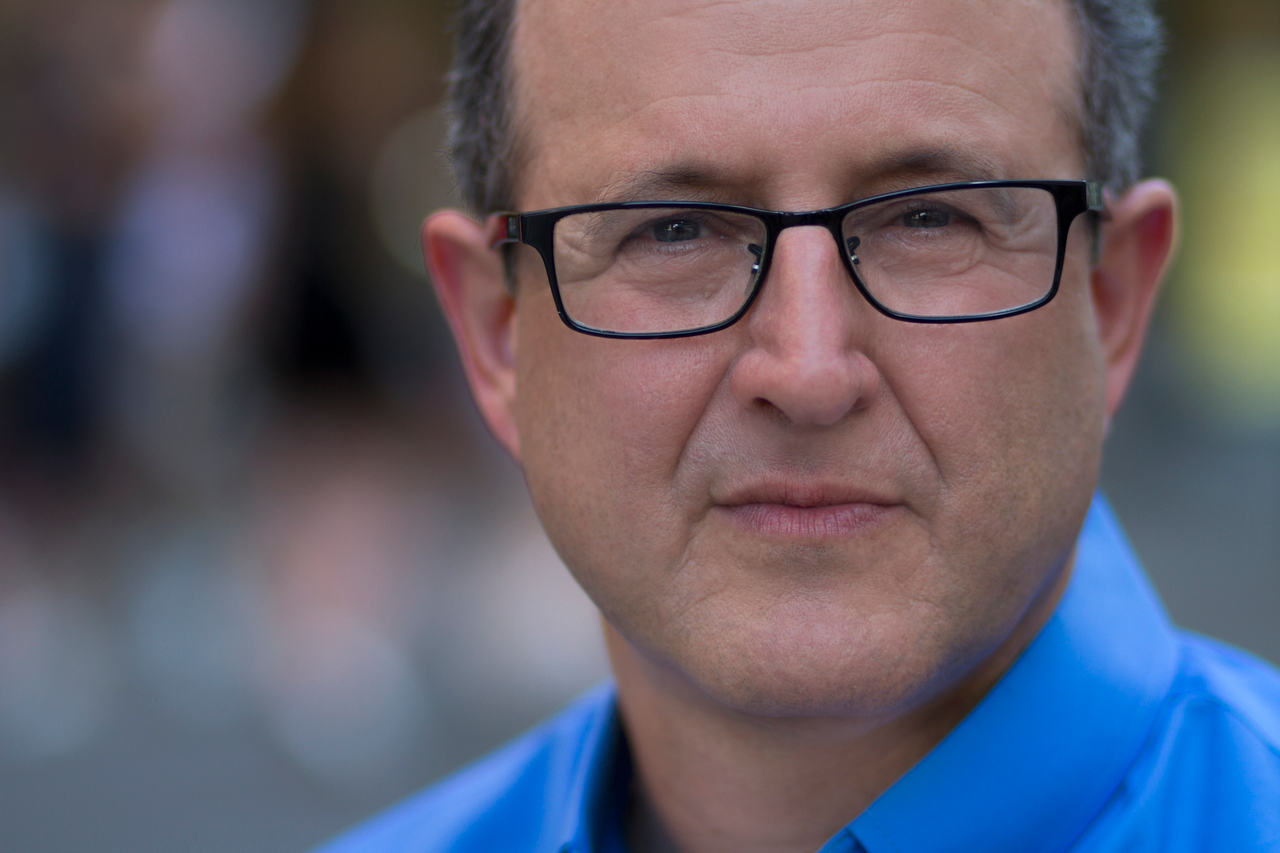
Working Life Newsletter
A Progressive view on Workers, Economics, Labor, Politics and, now and then, random musings on culture and sports.
By registering you agree to Substack's Terms of Service, our Privacy Policy, and our Information Collection Notice